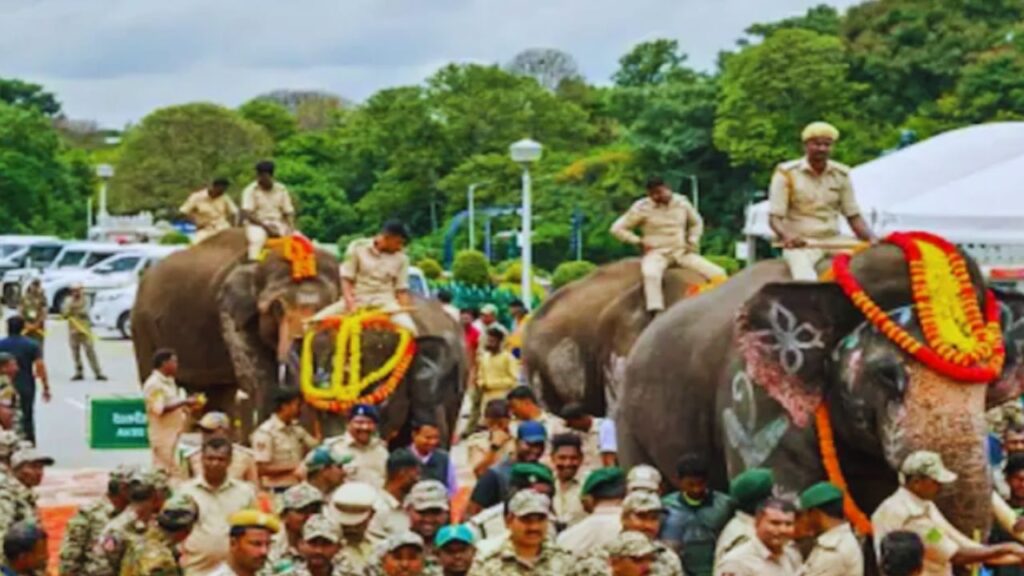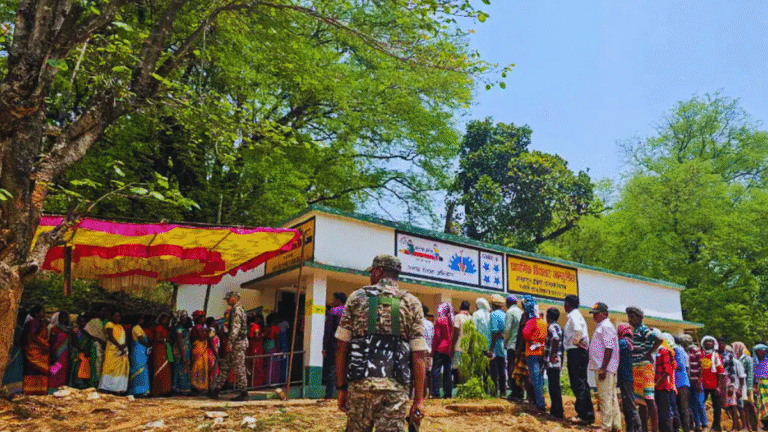
In a bold and strategic move to address the escalating human-elephant conflict in forest-fringe regions, the Andhra Pradesh Forest Department has deployed specially trained ‘Kumki’ elephants to control and guide wild herds that stray into human settlements.
With rising instances of crop damage, property destruction, and even fatal encounters between villagers and elephants, the government has decided to adopt this time-tested method, widely used in states like Tamil Nadu and Karnataka, to bring peace between man and beast.
What Are ‘Kumki’ Elephants?
‘Kumki’ elephants are domesticated, trained elephants used by forest departments to manage and control unruly wild elephants. Unlike wild tuskers, these elephants are skilled in:
- Guiding or chasing wild herds away from human habitations
- Assisting in rescue operations during elephant raids
- Calming aggressive or rogue elephants
- Participating in capture and relocation missions
These gentle giants act as mediators between forest authorities and their wilder cousins, and their role is crucial in non-lethal conflict mitigation.
Why Andhra Pradesh Took This Step
Over the past few years, Andhra Pradesh, especially districts bordering Tamil Nadu and Karnataka like Chittoor, Annamayya, and Nandyal, has witnessed a surge in elephant movements outside traditional forest areas.
This is largely due to:
- Deforestation and habitat loss, pushing elephants in search of food and water
- Shrinking migration corridors, forcing herds into farmlands
- Rapid urban expansion around forest fringes
- Climate change and shifting rainfall patterns
As a result, conflict cases have surged, with farmers suffering massive crop losses and the risk of human casualties increasing every year.
First Deployment: From Tamil Nadu to Andhra
In a collaborative inter-state effort, Andhra Pradesh has received a team of Kumki elephants from Tamil Nadu’s Theppakadu Elephant Camp in the Mudumalai Tiger Reserve. These elephants are accompanied by experienced mahouts and forest officials.

Currently, the Kumkis are stationed near Palamaner and Kuppam, regions most affected by frequent elephant intrusions. The Forest Department is also training local staff on how to work with the Kumkis and build long-term capacity to handle such conflicts.
Impact and Early Response
Initial responses from local communities have been positive and hopeful. Farmers, who once had sleepless nights guarding their fields, now see the Kumkis as protectors.
Within just days of deployment:
- A wild herd that had entered mango orchards was safely driven back without harm
- Night raids have reduced in critical conflict zones
- Villagers report a sense of security and trust in the new intervention
Moreover, this move reduces dependence on dangerous and often controversial methods like firecrackers, electric fencing, or shoot-at-sight orders, ensuring animal welfare and human safety go hand in hand.
Future Plans and Conservation Goals
The Andhra Pradesh Forest Department has expressed interest in:
- Training its own Kumki elephants locally in the near future
- Building dedicated elephant camps and mahout training centers
- Working with NGOs and wildlife experts to restore migration corridors
- Promoting community participation in conflict mitigation through awareness campaigns and compensation schemes
This step also aligns with the broader national objective of Project Elephant, which aims to ensure the long-term survival of India’s elephant population while promoting human-elephant coexistence.
The deployment of Kumki elephants marks a historic moment in Andhra Pradesh’s wildlife management strategy. By choosing compassion and traditional knowledge over confrontation, the state is setting an example in humane, effective wildlife conflict resolution.
As these majestic Kumkis silently guide wild elephants back to safety, they also lead the way toward a more balanced and respectful relationship between humans and nature.






